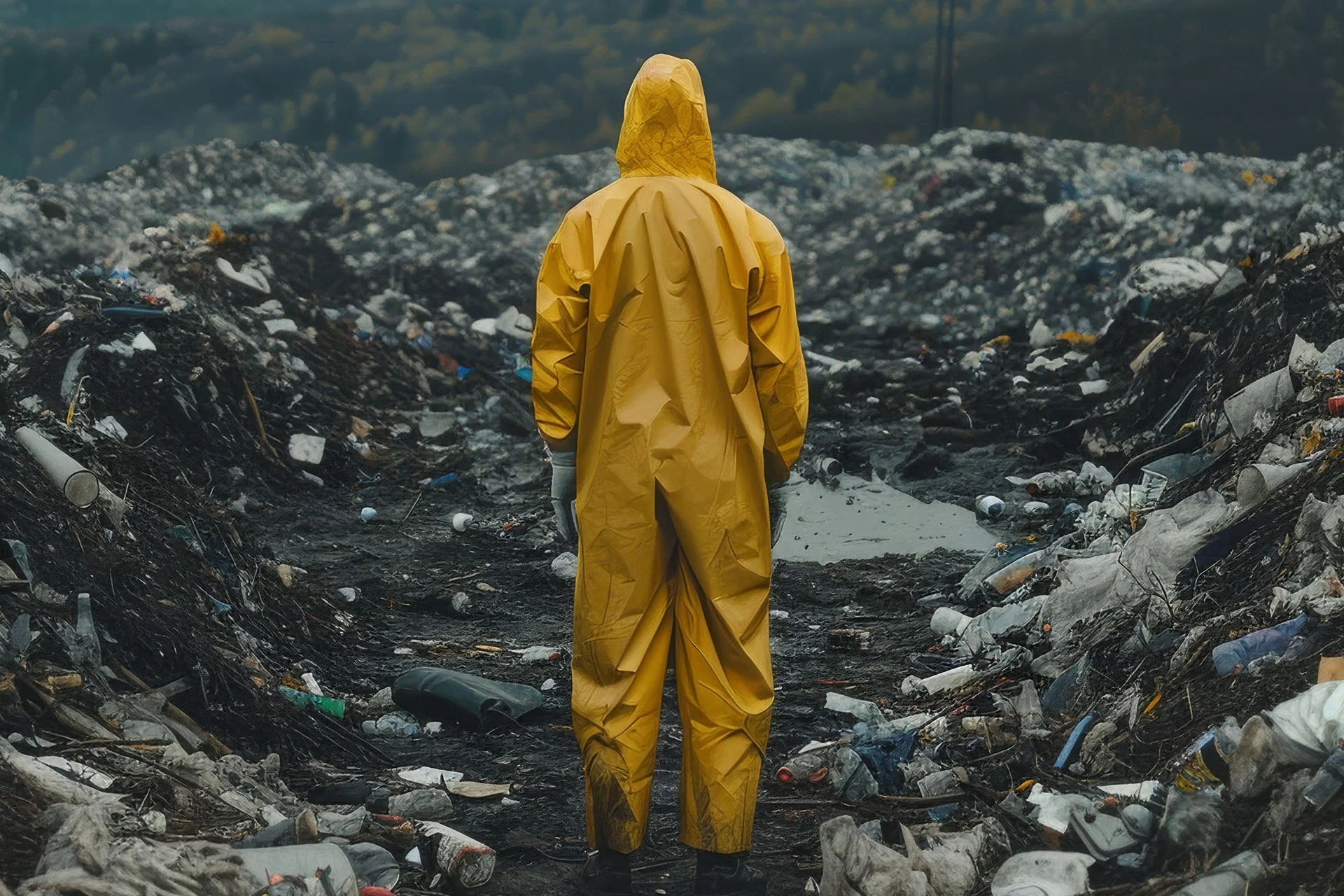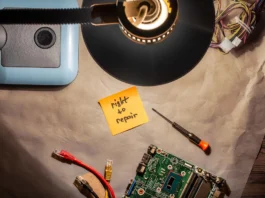Imagine changing your baby’s disposable diaper and, instead of tossing it into a landfill-bound trash bag, you’re contributing to the manufacturing of a brand-new roll of toilet paper. That’s precisely what’s happening in parts of southwest Japan, where local governments and private firms have embarked on a revolutionary recycling initiative. The project, reportedly the first of its kind, aims to transform used diapers into toilet paper—offering an innovative response to one of the world’s most persistent waste challenges.
With disposable diapers ranking as the third-largest single consumer item in landfills, the global stakes couldn’t be higher. Yet this pioneering Japanese team—from Kagoshima and Miyazaki Prefectures—believes the time for change is now. As they refine their process of sterilizing, deodorizing, and bleaching collected hygiene products, they’re proving that collaboration and creativity can upend deeply ingrained waste habits—and spark hope for a more sustainable future.
From Diapers to Rolls: The Shibushi-Osaki Model
Two municipalities, Shibushi and Osaki, spearhead the project with private industry players like Tokyo-based Unicharm Corp. and Poppy Paper Co. The process is relatively straightforward—but groundbreaking in scale:
- Collection: Diapers and other hygiene materials (urine pads, wet wipes) are separated from regular trash. Over 98 metric tons of these items were gathered from April to September.
- Sterilization and Bleaching: Unicharm Corp. provides the technology to break down soiled diapers into near-new pulp—removing odor and pathogens.
- Mix with Recycled Paper: The treated pulp heads to Poppy Paper Co.’s plant, where it’s blended with traditional recycled paper.
- Final Output: After two months, the team produced 30,000 rolls of “Shibushi Osaki Roll” toilet paper, now sold in local shops at 400 yen (~$2.70) per 12-roll pack.
While the product is still limited to a handful of stores, local leaders see massive potential for waste reduction, as well as an eye-catching example of eco-friendly branding.
“Please support this eco-friendly product, which aims to promote a sustainable society by reusing local resources,” says Takumi Obo of the Osaki Municipal Government’s SDGs Promotion Council.
The Diaper Dilemma: Why It Matters
Landfill Overload
According to multiple studies, disposable diapers are the third-largest consumer item clogging landfills. They represent about 4% of all solid waste—some estimates suggest that in households with diaper-wearing children, diapers can make up 50% of weekly garbage. Moreover, up to 92% of these disposable products end up in landfills, where they can linger for at least 500 years before decomposing. The result? Methane emissions, soil contamination, and a surge in public health risks.
Economic and Environmental Cost
Disposable diaper production is also resource-intensive. Studies indicate that it uses 20 times more raw materials (e.g., crude oil, wood pulp) than cloth alternatives, and can waste 2.3 times more water. With the global disposable diaper industry now exceeding $71 billion, the stakes are enormous—both financially and environmentally.
Diaper Need and Financial Strain
In developed countries like the U.S., 95% of mothers rely solely on disposable diapers, which cost about $70 a month. Over two years, a baby may use 6,000 diapers—roughly $840 in expenses. With 1 in 3 mothers cutting back on basic essentials to afford diapers, any sustainable shift in production or disposal practices could have ripple effects on family budgets and social equity.
How Japan’s Approach Could Shift Global Mindsets
Skeptics might wonder if recycling used diapers truly tackles the entire problem. But Satoshi Yoshida from Poppy Paper’s sales team suggests that in a world moving toward paperless systems and dealing with a shrinking population, we need alternative sources of raw paper materials. Used diapers could become one such source, if scaled effectively.
Beyond the immediate supply-and-demand angles, the Shibushi-Osaki model offers an important psychological shift:
- Breaking the Stigma: Diapers—often seen as unhygienic waste—are reimagined as valuable pulp for new paper products.
- Community Engagement: Everyone from local governments to parents becomes a stakeholder in cleaner, more circular economies.
- Potential Global Influence: Japan’s example might inspire municipalities worldwide to pilot or refine similar strategies, especially in regions grappling with landfill crises.

Community Lessons: From Diapers to Paper to a Circular Economy
Shibushi Osaki Roll highlights an essential principle of circular economies: turning waste into a resource. Traditional linear models—extract, produce, consume, dispose—lead to overflowing landfills and resource depletion. But when communities capture potential waste and feed it back into productive cycles, the benefits range from lower carbon footprints to local job creation.
Steps You Can Take
- Support Eco-Friendly Products: If you come across repurposed paper lines—whether from used diapers or other innovative materials—vote with your wallet. Demand fuels supply.
- Reduce and Reuse: Even if the diaper-recycling system isn’t in your area, consider cloth diaper options or hybrid methods if feasible.
- Advocate for Local Initiatives: Talk to neighbors or local representatives about adopting similar pilot programs. Many municipalities are open to new waste management solutions, especially if there’s citizen interest.
Looking Ahead: Challenges and Possibilities
While the Japanese initiative is groundbreaking, scaling it worldwide has hurdles:
Infrastructure: Municipalities need specialized collection processes and technology for sanitizing diapers.
Public Perception: People might hesitate to buy toilet paper made from diapers, requiring robust marketing and transparency.
Costs: The product currently retails at a slightly higher price (~$2.70 for 12 rolls), but supporters argue it’s worth it for the environmental impact.
Despite these concerns, local governments in Japan appear optimistic. As Satoshi Yoshida notes, this project may ensure more diversified paper raw materials in the future, especially in an era where conventional paper recycling streams face uncertainty.
A Ripple Effect for Parents and Beyond
For new parents juggling diaper expenses, or environmental advocates alarmed by the daily tide of plastic-laced disposables, the news from Japan signals a fresh perspective. If diapers—once a symbol of unsustainability—can be repurposed into toilet paper, perhaps we can find circular solutions for other single-use items as well.
The Bottom Line
Each of us can help transform waste into a resource. This groundbreaking approach from Japan might start small—with only a few thousand rolls available—but it speaks to a broader movement redefining how we handle the byproducts of modern life.
No single solution will fix the diaper dilemma, but from these early successes, we see glimpses of how tenacity and innovation can yield tangible results. And perhaps, if more communities follow suit, we’ll one day look back and wonder how we ever allowed billions of used diapers to sit, inert and unproductive, in landfills—when we could turn them into something as simple, and vital, as a fresh roll of toilet paper.




